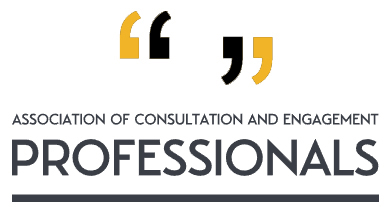The attention economy is the collective human capacity to engage with the many elements in our environments that demand mental focus. The term reflects an acknowledgement that the human capacity for attention is limited and that the content and events vying for that attention far exceed that capacity.
Our attention has always been limited, valuable, and scarce. But what distinguishes the present day is that technological advances have made an overwhelming amount of information available, strategically aimed at capturing our attention. In other words, now more than ever there is a surplus of stimuli.
So, if people are busy, can they really be bothered to “have their say”?
The answer depends on the individual but there are other complex factors at play. For example, if stakeholders feel issues are salient then they are more likely to engage. If they are happy or content, they are less likely to bother. This is the reason that, in the world of customer satisfaction, incentives are used to get people to provide their views. It helps achieve a better balance of positive versus negative feedback.
Dig a bit deeper and there are other patterns. For example, it is thought that people who rent their homes are less likely to care about their neighbourhood compared to people who own a property in the same place. Yet there is a more fundamental question – will people even notice we want them to engage? How much money you spend on marketing and who you want to reach will matter, as will the medium you choose.
For example, the attention of a smartphone user is often divided between the app or website currently used and a TV show or another external stimulus. That is why sessions tend to be shorter on mobile than on the desktop: the chance of an interruption is high.
Because we are caught in a race for attention, provocative and attention-grabbing content has become more common. As a result, some people adapt their behaviour. Some of these adaptations are conscious and deliberate actions taken to limit time online. That said, even if you create eye-popping content, it might be filtered by an algorithm and never get seen by your intended audience!
The distortions of the online attention economy mean that there is a traditional media revival. From place-based advertising (such as Hello Lamp Post) to handwritten postcards , consultation and engagement professionals need to get creative in order to turn the tide on diminishing engagement levels.
Here are our tips for capturing people’s attention.
- Disruption: Break expectations, such as asking an unexpected question.
- Become a good storyteller.
- Have a unique point of view.
- Develop your voice, including tone.
- Simplify the complicated.
- Be more expressive.
- Contextualise your arguments
- Mystery: Leave things incomplete.
- Acknowledge those who contribute.
- Activate the senses. This could be as simple as using colour.

